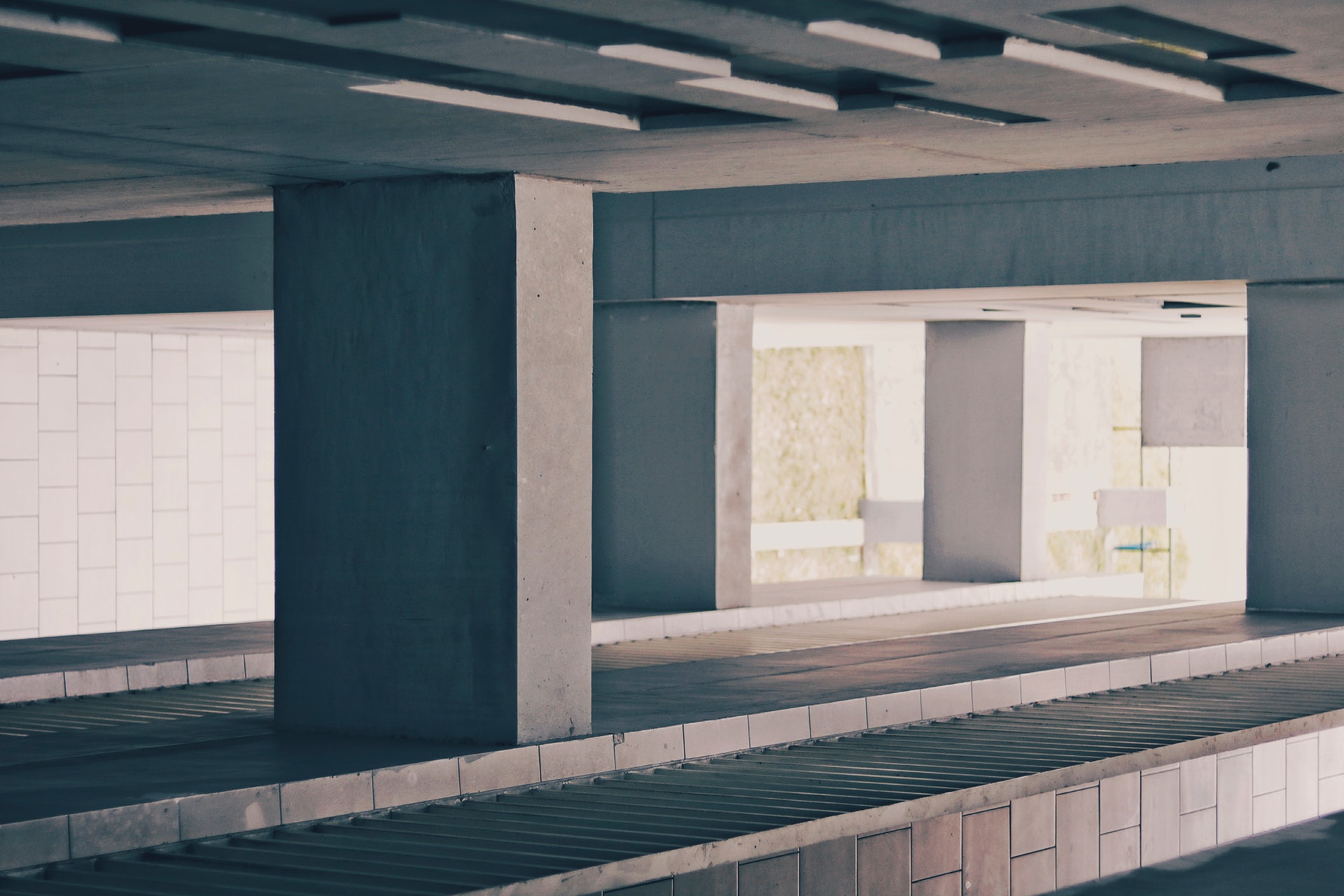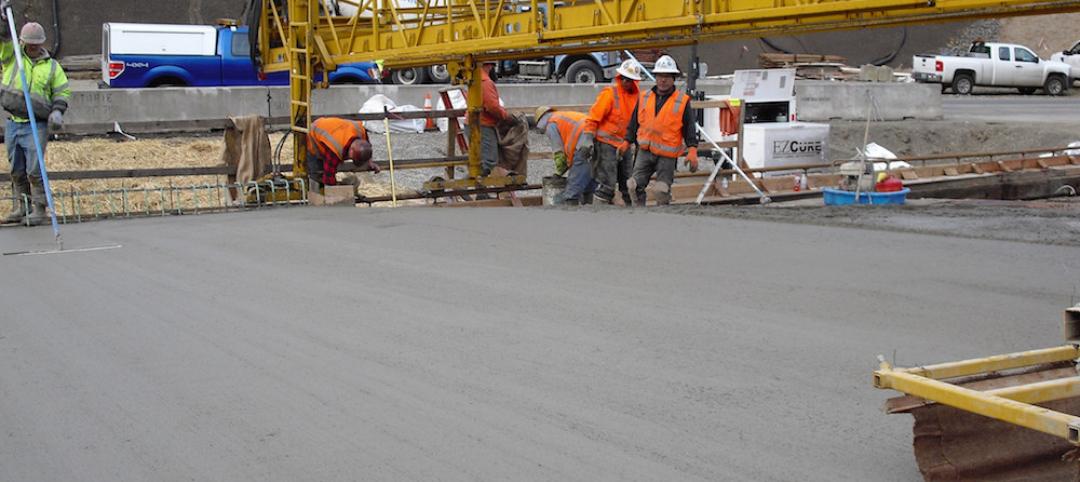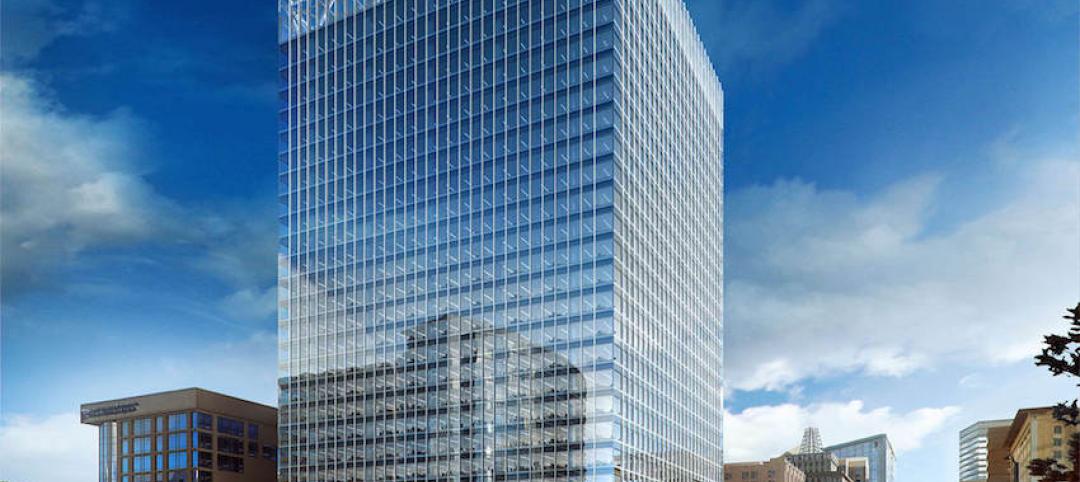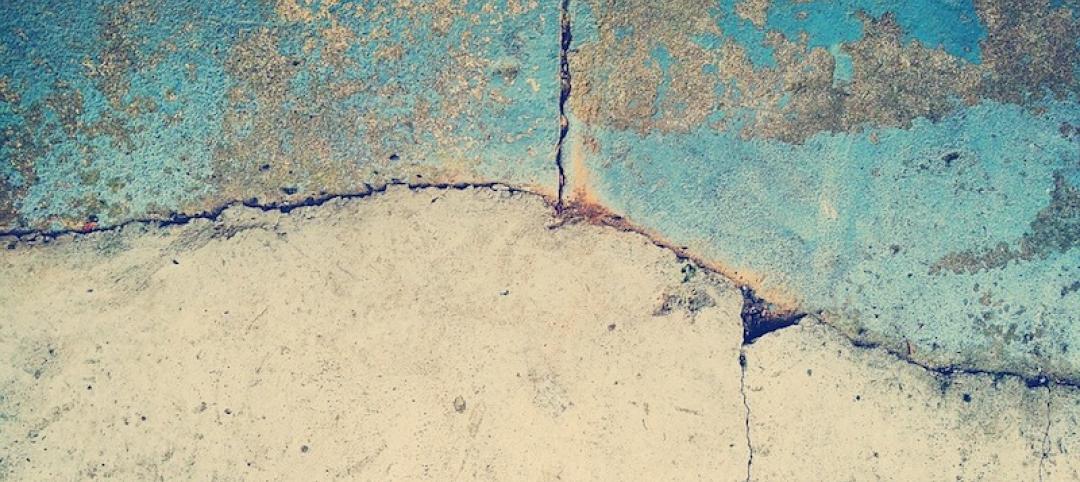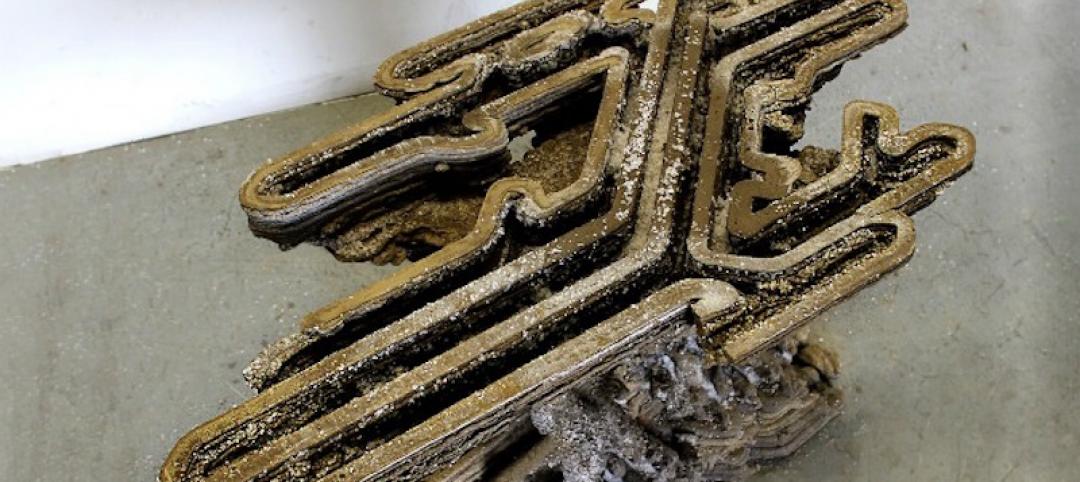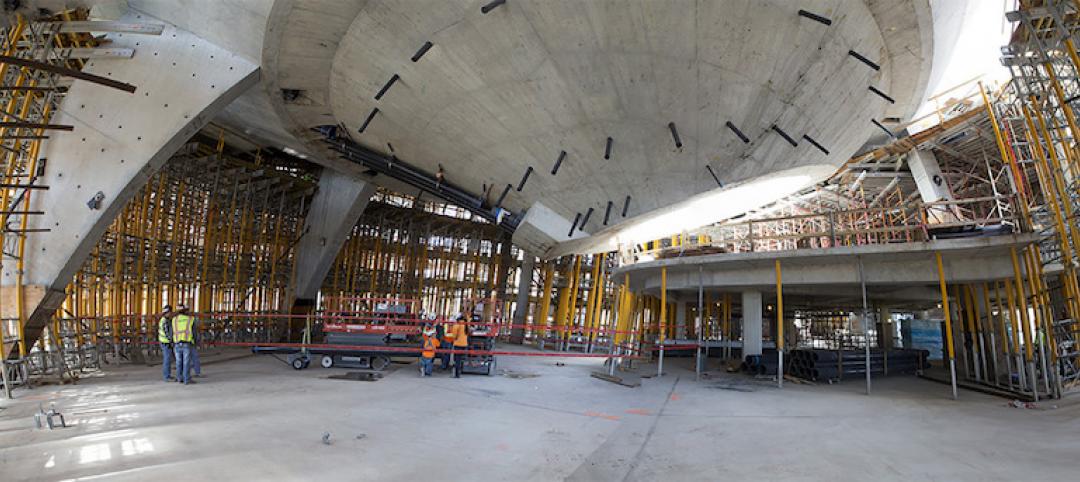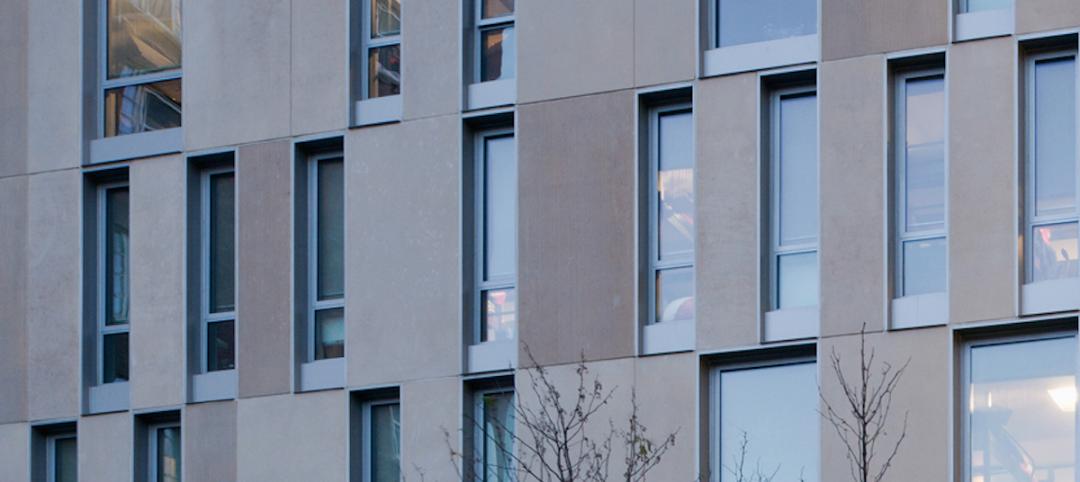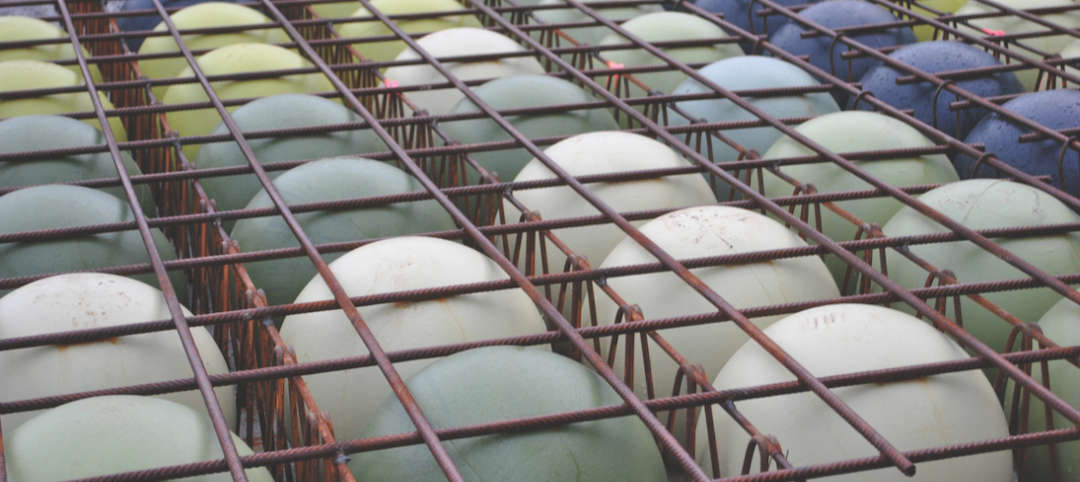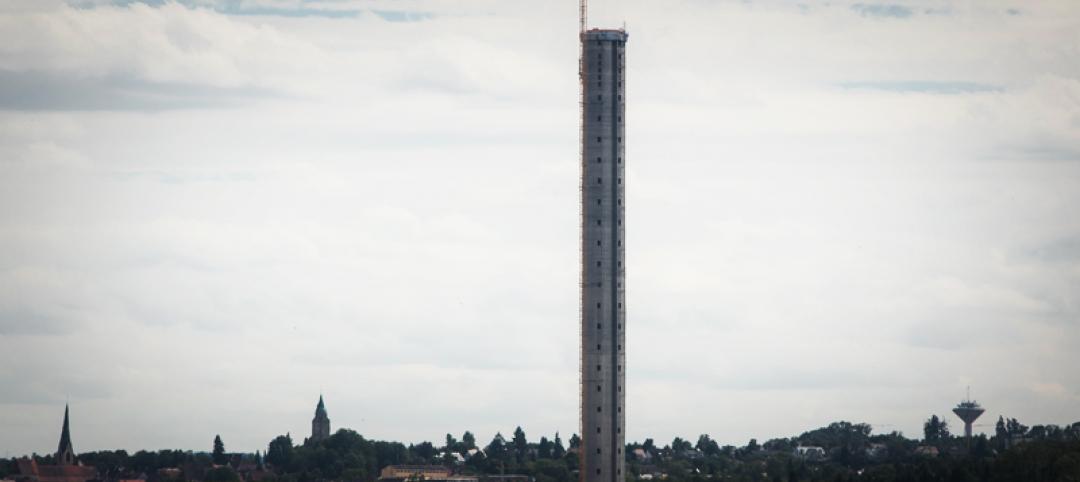The American Concrete Institute (ACI) has released ACI 562-19 Code Requirements for Assessment, Repair, and Rehabilitation of Existing Concrete Structures and Commentary.
The code was written to be integrated into building codes for increased confidence that repairs are performed in a manner that provides an acceptable level of protection for the public, according to an ACI new release.
The code was developed to integrate with the International Code Council’s International Existing Building Code or to be adopted as a stand-alone code.
“ACI 562-19 provides owners confidence that their repair projects will be designed to a common standard, engineers a uniform set of requirements specific to existing concrete structures, building officials a basis upon which to evaluate design and construction, and contractors clarification of responsibilities,” says Michael L. Tholen, ACI managing director, engineering and professional development.
Key changes to the 2019 version of the code include:
· Improved integration with ACI 318 Building Code Requirements for Structural Concrete
· Improved integration with the ICC International Existing Building Code
· More context provided regarding durability
· Improved text and commentary related to load combinations during fire events
· Improved text and commentary related to applicability of ACI 562
· Simplified requirements for the basis of design report
· Clarification of requirements related to detailing of existing reinforcing steel
Related Stories
Concrete | Jun 7, 2016
Concrete Institute publishes document providing concrete curing guidance
New curing monitoring techniques included.
Building Materials | Jun 1, 2016
MIT study: Microscopic structure of natural materials can inspire better concrete
Bones and sea sponges are highly organized at the molecular level, while concrete consists of random composites.
High-rise Construction | Mar 28, 2016
SOM’s Salt Lake City skyscraper uses innovative structural system to suspend itself over a neighboring building
The hat truss-supported office tower was topped off in January, rising 25 stories above the Salt Lake City streets.
Concrete Technology | Jan 27, 2016
New concrete can make roads, sidewalks safer by melting ice and snow
The de-icing concrete uses an electrical current to generate heat to keep roads safer during winter storms.
3D Printing | Jan 25, 2016
Architecture students create new method for 3D printing concrete
The team's Fossilized project allows for structures that are more varied and volumetric than other forms so far achieved.
Great Solutions | Jan 20, 2016
Digitally fabricated concrete formwork pushes the limits of what can be cost-effectively constructed in concrete
Simpson Gumpertz & Heger and CW Keller use 3D modeling and CNC machining to advance concrete construction.
Great Solutions | Jan 20, 2016
Sasaki Associates develops simple yet novel solution for precast concrete complication
Its double-angle cladding anchor maintains the air/water/vapor barrier integrity and continuous insulation while still allowing for the desired versatility of precast panels.
Great Solutions | Jan 19, 2016
Concrete innovation: voided biaxial slab slashes weight, saves concrete
System reduces slab dead load by 30% on medical clinic project
Concrete | Jan 15, 2016
Fallingwater to Sydney Opera House: Ranking the world’s best concrete buildings
Large and small, some of the most iconic structures of all time were made of the composite building material.
Vertical Transportation | Aug 5, 2015
ThyssenKrupp’s maglev elevator test tower almost ready
The 761-foot concrete tower will enable the manufacturer to test its maglev elevator prototypes. The new elevators will be moved by magnets, allowing for vertical and horizontal movement of multiple cars in one shaft.


